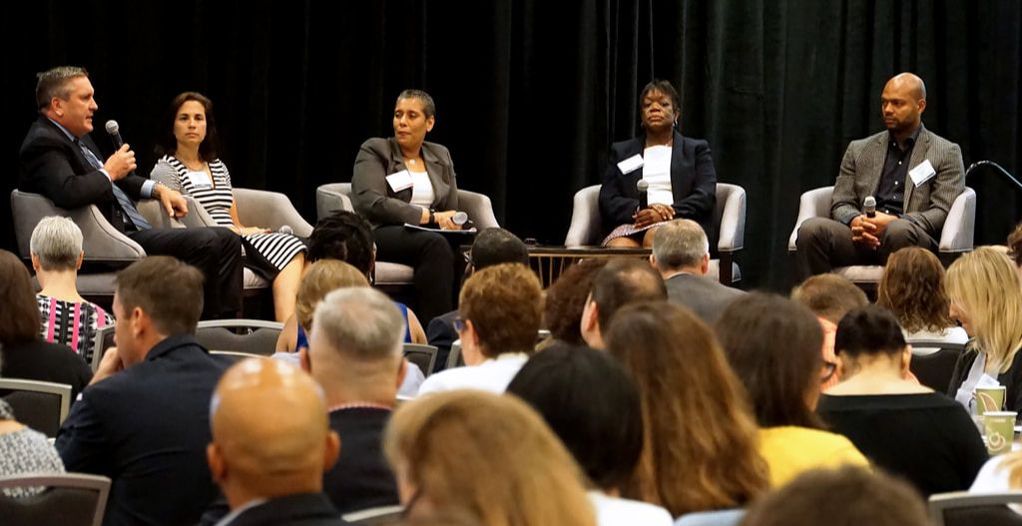Continue, Stop, Start: Lessons from Our Inaugural Diversity, Equity & Inclusivity Conference8/30/2018 In the business world, we’re familiar with the initials, D&I. Across the board, companies have been focused on improving their practices of fostering diversity and inclusion. But, we believe there is a letter missing from these initials. Any discussion about promoting diversity and inclusivity must also include a discussion about equity in the workplace. So, for the first time, the Greater Raleigh Chamber of Commerce and Wake County Economic Development, a program of the Raleigh Chamber, organized a conference focused on diversity, equity, and inclusivity.
1 Comment
8/31/2018 01:36:45 pm
Nice Information,
Reply
Your comment will be posted after it is approved.
Leave a Reply. |
AuthorGreater Raleigh Chamber of Commerce Archives
July 2024
Categories
All
|
|
Greater Raleigh Chamber of Commerce
800 S. Salisbury St. Raleigh, NC 27601 |


 RSS Feed
RSS Feed